UI Components
The ARC Skill Framework is very powerful because it is entirely open. That means you can access every component and resource within the ARC.exe application or EZ_B.DLL library. There are hundreds of custom .Net user UI components exposed in the ARC application to assist with your robot skill plugin. Including joysticks, buttons, camera canvases, and more.
Theming All skill components will be themed using the ARC standard theme renderer. This happens automatically, so the control colors, look and feel will be adjusted accordingly. There is an Example in another tutorial step regarding themes and the available commands to interact with the theme engine.
The Visual Studio IDE has a Tool Box, which is used for designer mode when customizing a form. The toolbox can have custom controls added to it. Below is a screenshot of a default toolbox.
Create New Toolbox Tab To keep the new ARC component controls organized, we will create a new category in the toolbox. This is done by scrolling to the bottom of the toolbox list and RIGHT CLICK -> ADD TAB
The new tab will be named ARC.
Add Controls To ARC Tab Now we will right click on the ARC tab and select CHOOSE ITEMS
A Choose Items Dialog box will be displayed. It may take a few moments for the dialog to load while it scans and organizes the existing controls within the toolbox. Press the BROWSE button.
Now locate and select the ARC.exe application in C:\Program Files (x86)\Synthiam Inc\ARC. All controls of ARC will now be selected for the toolbox. Press OK
When editing/creating a Windows Form, the ARC tab in the toolbox will now have many new controls that you can begin using. Have fun!
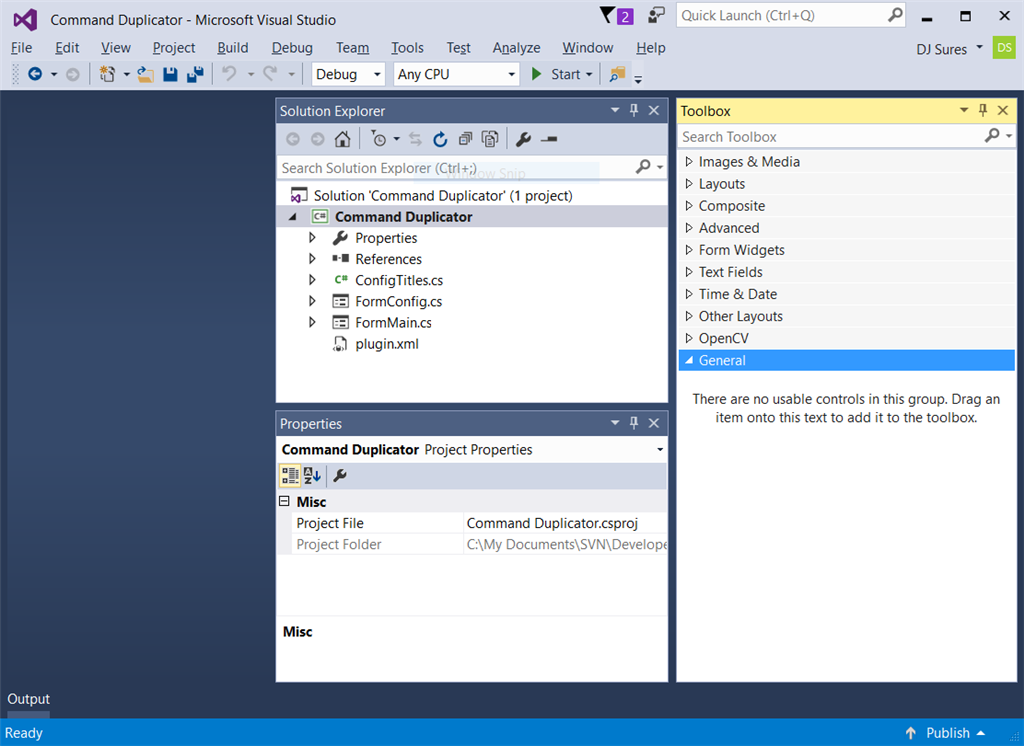
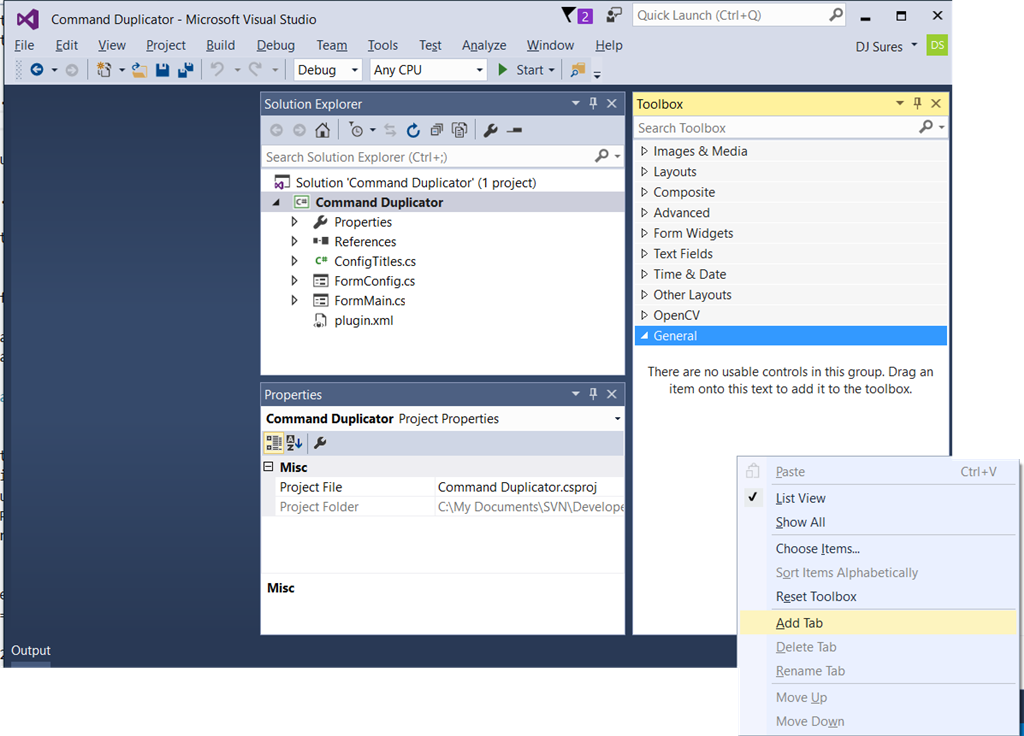
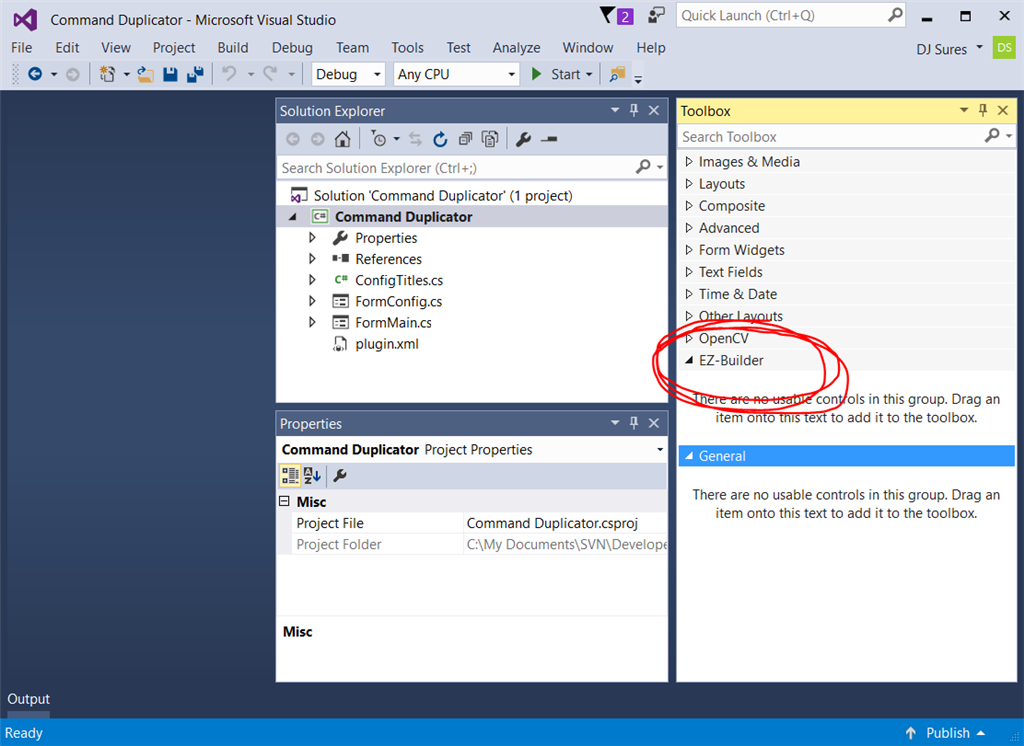
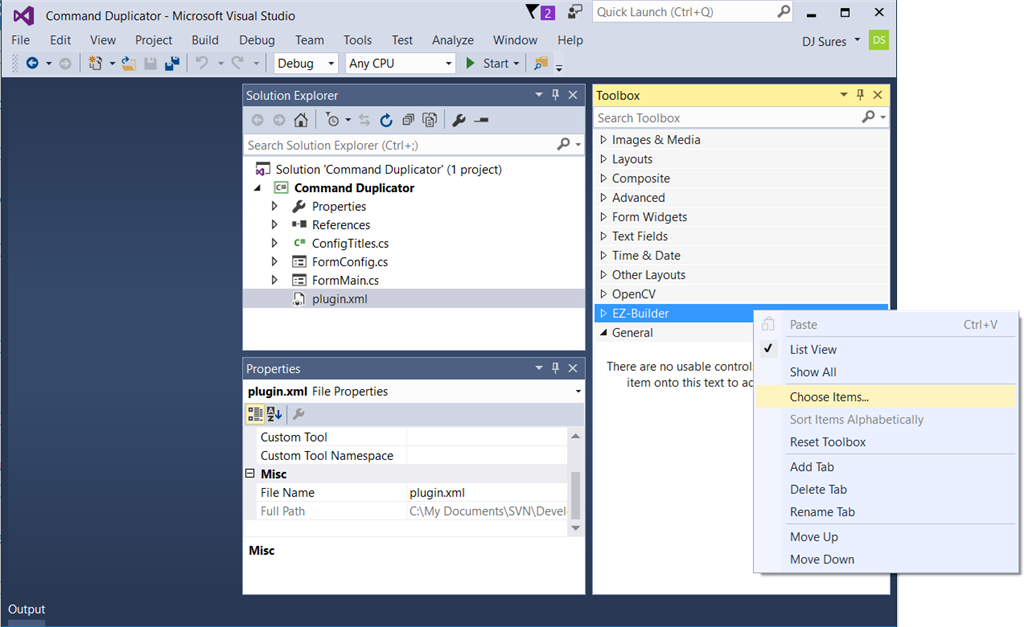

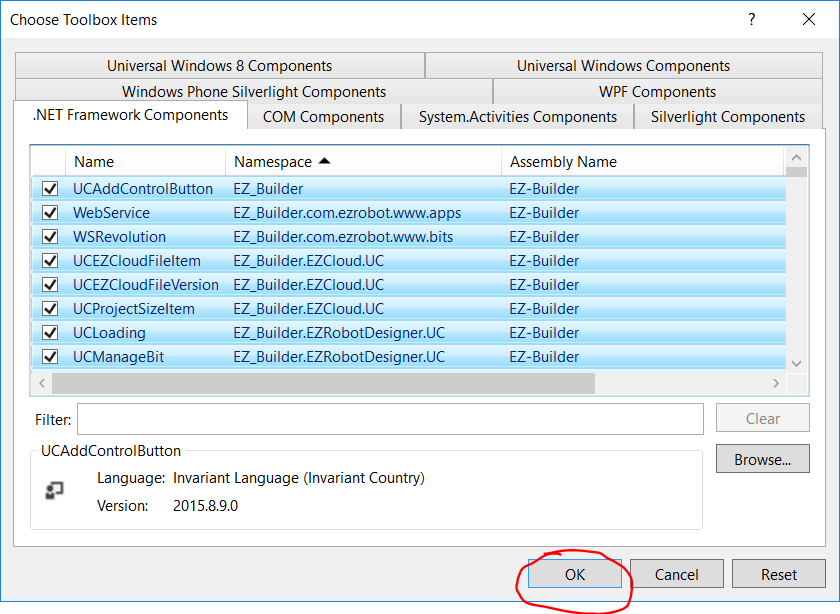


Is this out of date? There doesn't seem to be a GetConfiguration function within EZ_Builder.Config.Sub.PluginV1
Look at the tutorial step titled "Code: Saving/Loading Configuration"
The get and set configuration methods are overrides of the form. There’s a great video on the first step of this tutorial that demonstrates the step by step of building a plugin. I recommend watching that because it helps fill in any steps that were missed.
When you’ve done it once, it makes sense and voila, you can rinse and repeat
Excellent, thanks - I will do. I really must learn not to just jump ahead in the process
Hey no problem - I do it all the time, and end up frustrated because I dont know what it was that I missed. Excitement gets the best of me
Trying to follow the tutorials but can't find where the plugin page has gone. How do I add a new plugin to the ez-robot / Synthiam site to get the XML?
Never mind. Just found the "Create skill control" link
I am trying to follow the instructions for adding my own plugin but I cannot seem to find the place to register the plugin based on the instructions.
Any help is appreciated.
Thanks
The new button to create a plugin skill control is less than an inch below the button you pressed to create this question.